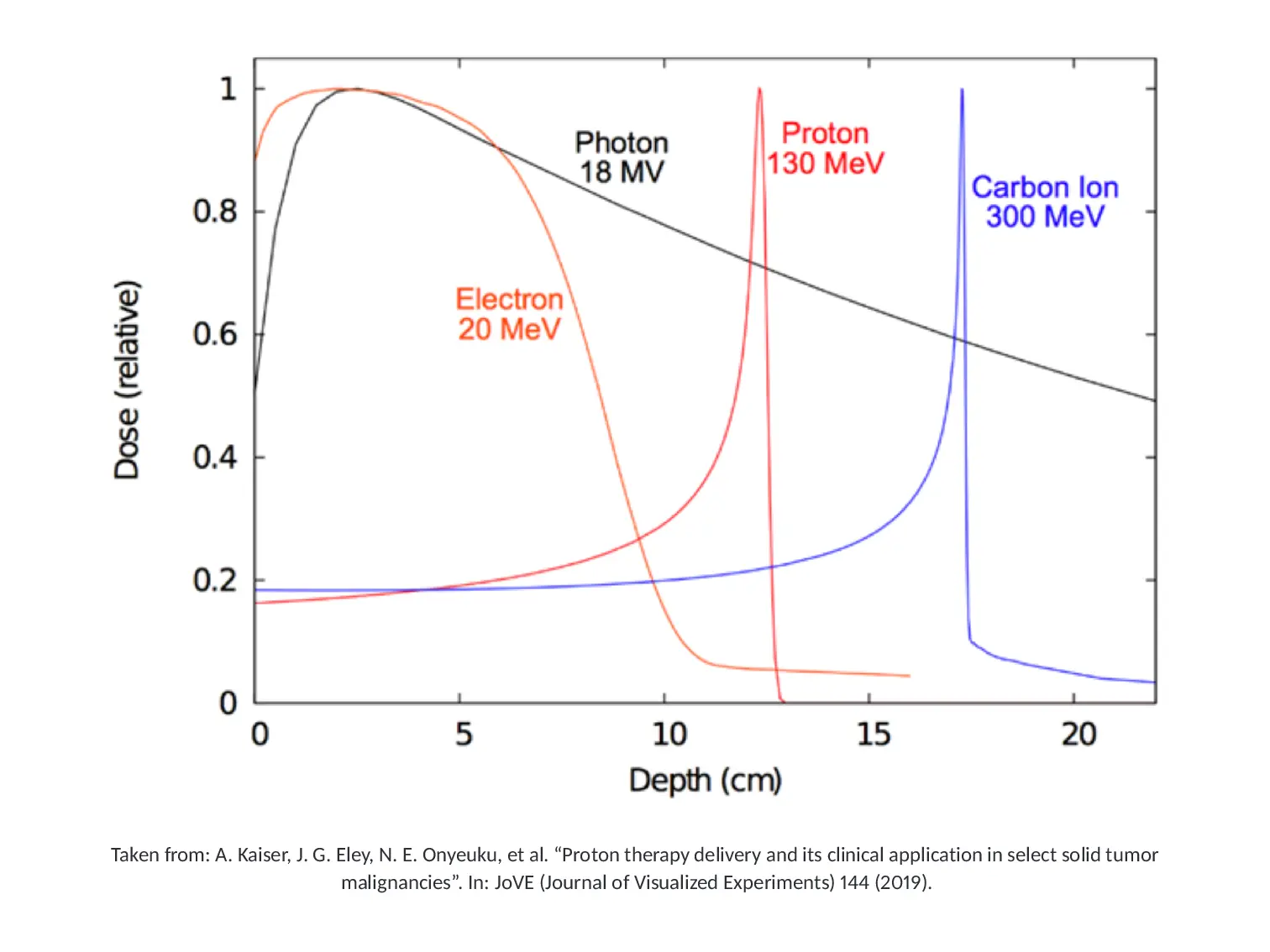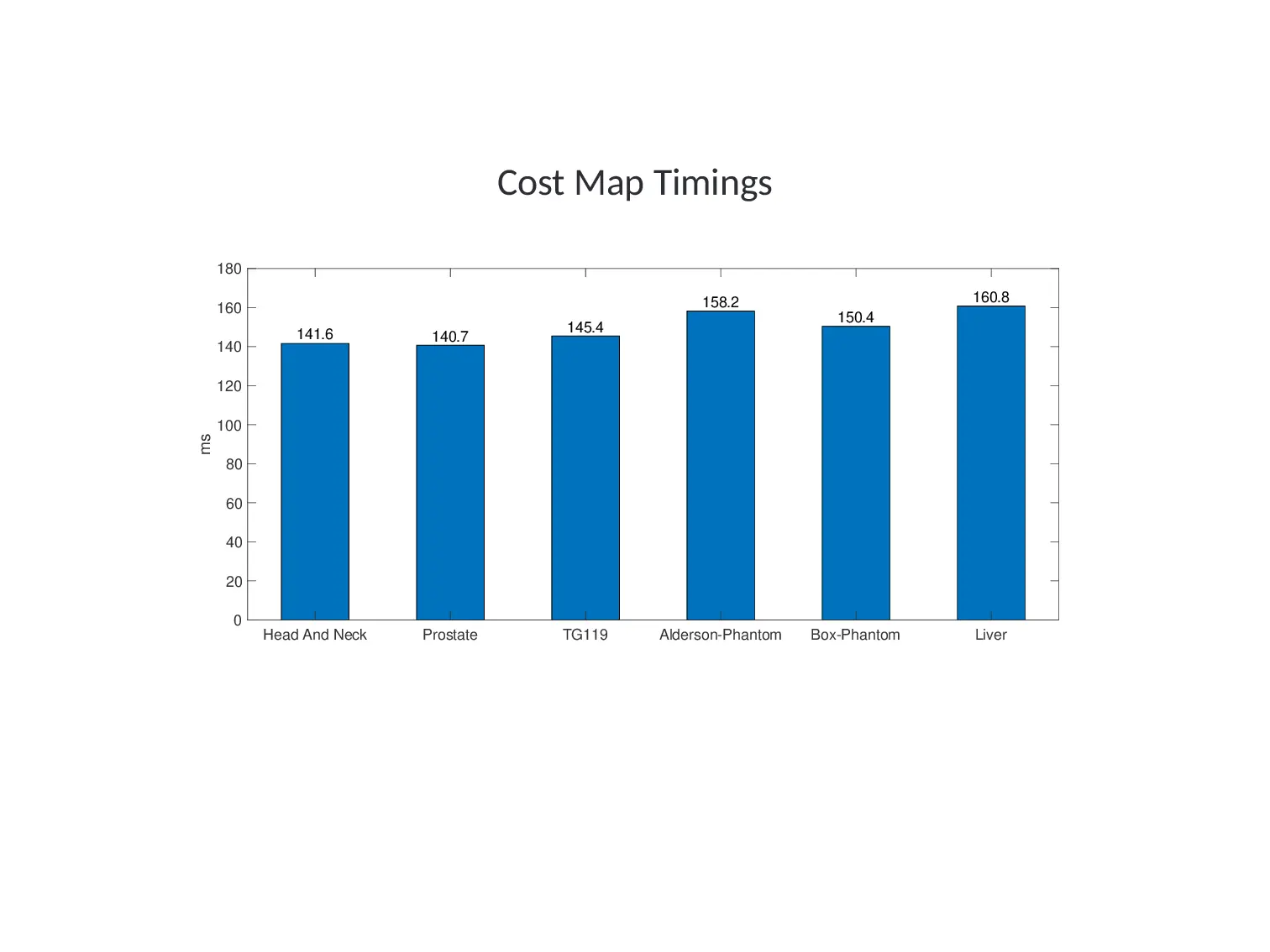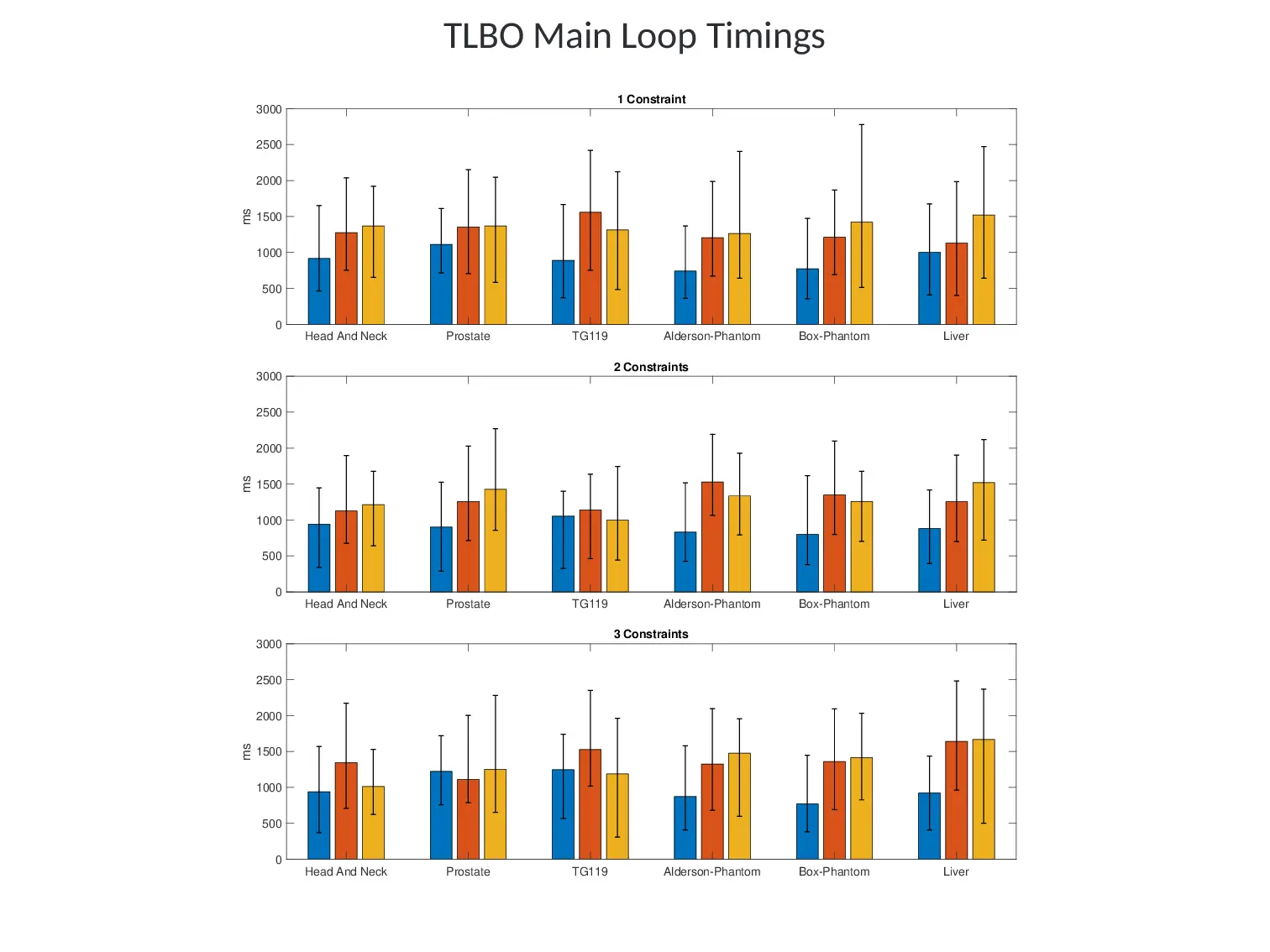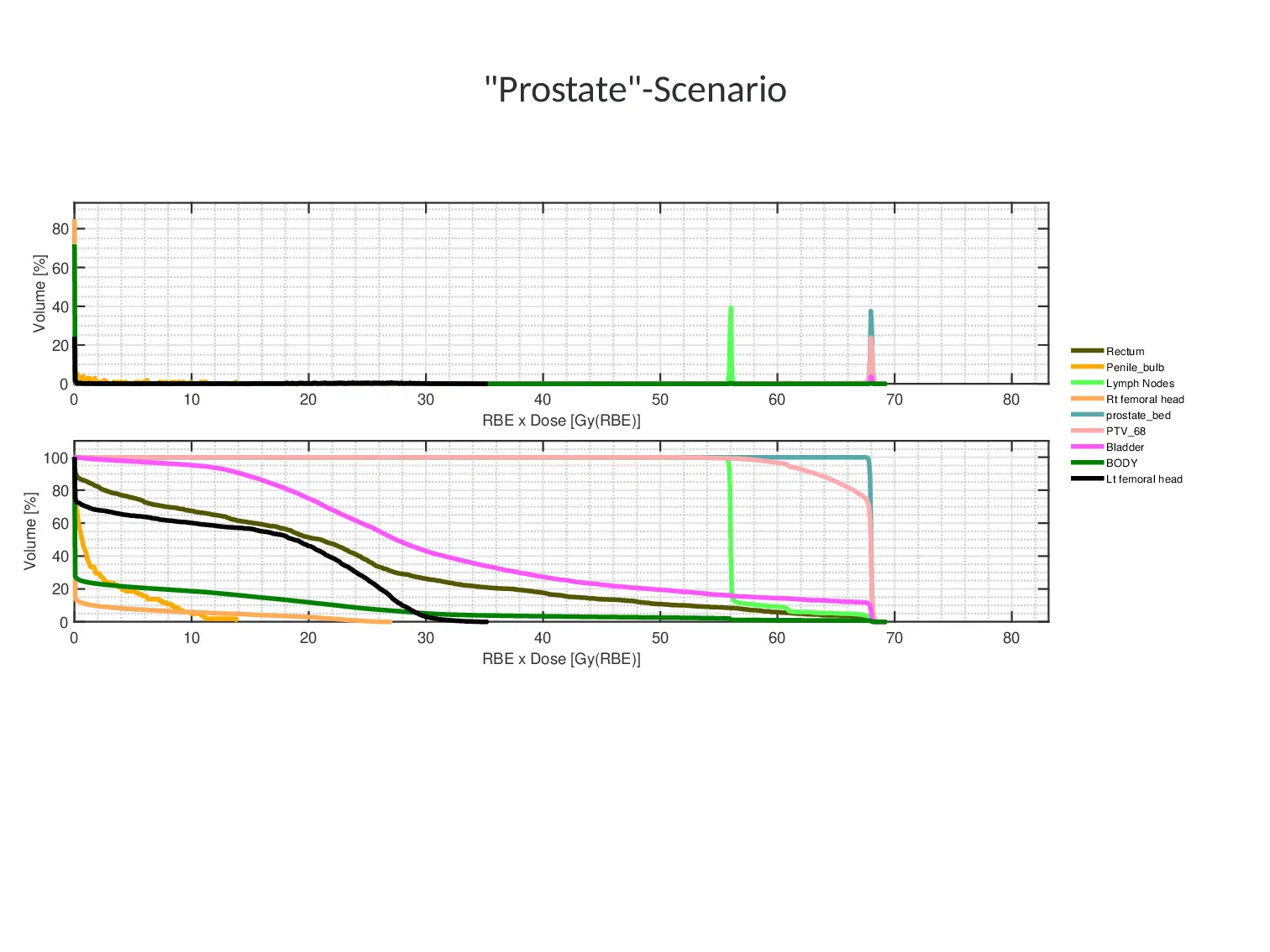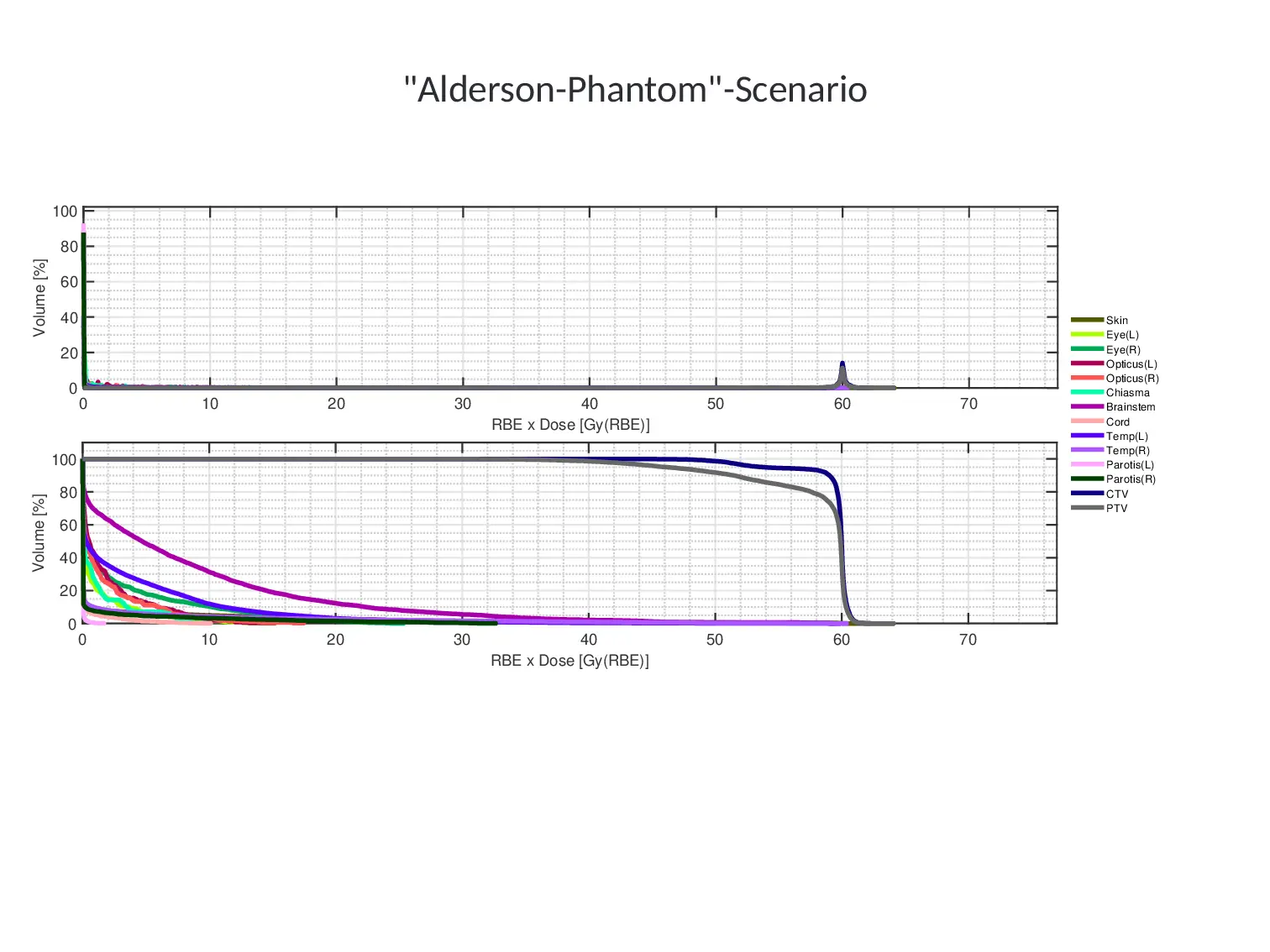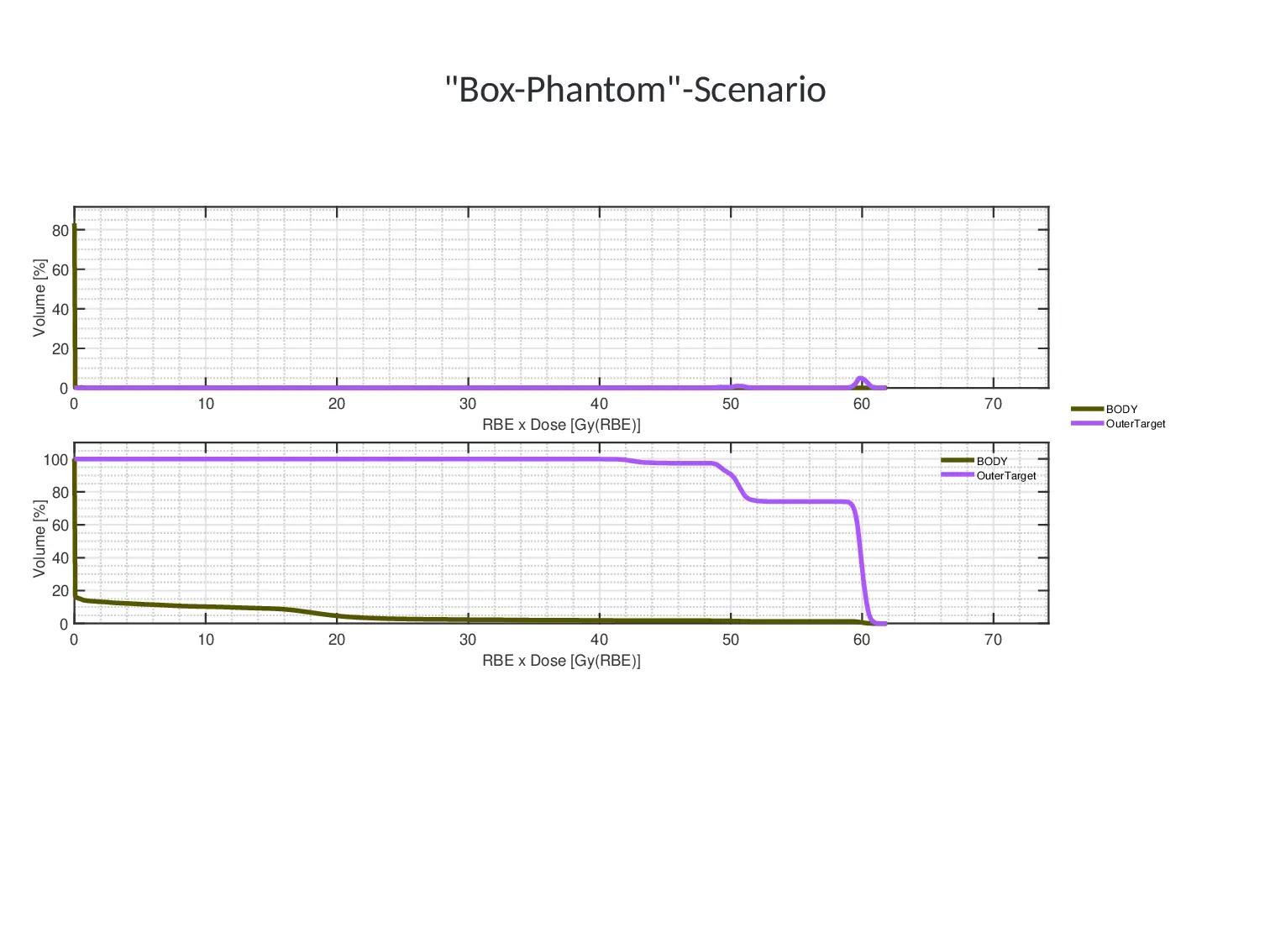TLBO-based Algorithms for Minimization of Multi-Ray Path Lengths in Volumetric Objects on the GPU
This master's thesis presents an approach in the area of ray tracing to compute and optimize rays in heterogeneous media according to a specific definition of "optimal path", using an appropriate beam model, while also adhering to potential, additional constraints. This was done utilizing the GPU to parallelize the principle steps. The system was then applied to the application area of proton radiation therapy for beam angle optimization problems, which is an important building block for inverse treatment planning.
Description
This master's thesis presents an approach and implementation to solve a subproblem in the area of ray tracing in heterogeneous media: that of determining the "shortest path", where the definition of "shortest" depends on the application domain. For example, in nuclear physics, "shortest" usually means the least amount of energy required for a particle/wave to traverse a volume from point A to B. The application domain chosen for this thesis is radiation therapy with protons and how to determine the best beam angles depending on constraints and the media given.
First, we trace rays through a CT (using the parallelization capabilities of the GPU), or similar discretized spatial data in form of a voxel grid using the appropriate beam model to build a solution space called a "cost map". Then, from a voxel of interest in the interior (e.g., a tumor site), rays are traced to each and every surface voxel, accumulating (partial) densities according to the beam model along the ray paths. For memory-saving purposes, the finished cost map is then "hollowed out" by only considering the hull voxels (holding the accumulated values), essentially forming a direct sum of the cuboid face vectors holding the respective face voxels ("cuboid surface" data structure).
Second, the cuboid surface object (storing profit values),
together with the domain-specific constraints, is then used to form a
binary multidimensional knapsack problem (0/1-MKP).
To solve it, a relatively new
meta-heuristic called "teaching-learning-based optimization"
(TLBO) is applied over a initially generated population of
solution candidates. The population generation utilizes that an
isomorphism between natural numbers and combinations (of subsets of
a set of natural numbers) can be established, which in
turn allows combinations to be lexicographically indexed. Using this
together with an O(1)-method to generate n-random numbers from a
range of numbers allows for rapid
solution candidate generation.
A solution is encoded as a vector, of size akin to the number of
elements the Cuboid Surface object holds, of binary elements. A
1-component at a specific index "selects" the corresponding profit
value. The evaluation operation has been parallelized using
the GPU, where for each constraint a grid with a kernel and a given
constraint function is launched. The kernel itself consists of a
modified inner-product kernel and a
modified reduction kernel to allow for access to a function table
according to the constraint queued.
Solution candidates are then combined and selected according to the
phase and combination operation within TLBO. If a new solution
candidate is deemed unfeasible, it gets repaired by the repair
operator. This operator consists of two general
sub-operations: Drop and add. The drop operation drops, from right
to left, a 1-component until the solution is deemed feasible. The
add operation then adds, from left to right, a 1-component until the
maximum amount of items (number of beams) are reached or
the solution is not feasible anymore. To be more effective in adding
and dropping elements, the indices of the items in a solution are
sorted by their utility ratio, which determines the overall "impact"
of an element
according to its weight in the calculation of the overall objective
score.
All of this is attempted to be solved with performance in mind:
Major components of every step ("cost map
generation", "initial population generation", "evaluation
operation", "repair operation (with drop and add)") are
utilizing the GPU.
Results
Component Timings
Cost Map: Average timings over 10 runs. Initial Population Generation: Minimum, maximum and average timings are taken from 50 runs. TLBO Main Loop: Minimum, maximum and average timings are taken from 50 iterations of the main loop.
Dose-Volume Histograms
For each scenario, three beams with angles as suggested by the system were applied using matRad.
Files
Full version of the master's thesis (English only)
License
This original work is copyright by University of Bremen.
Any software of this work is covered by the European Union Public Licence v1.2.
To view a copy of this license, visit
eur-lex.europa.eu.
The Thesis provided above (as PDF file) is licensed under Attribution-NonCommercial-NoDerivatives 4.0 International.
Any other assets (3D models, movies, documents, etc.) are covered by the
Creative Commons Attribution-NonCommercial-ShareAlike 4.0 International License.
To view a copy of this license, visit
creativecommons.org.
If you use any of the assets or software to produce a publication,
then you must give credit and put a reference in your publication.
If you would like to use our software in proprietary software,
you can obtain an exception from the above license (aka. dual licensing).
Please contact zach at cs.uni-bremen dot de.


